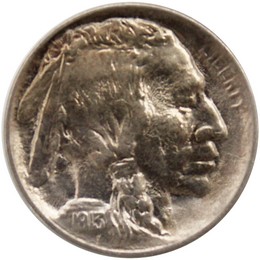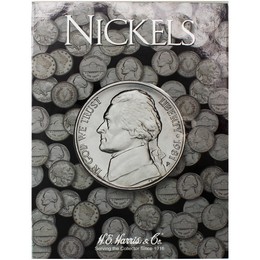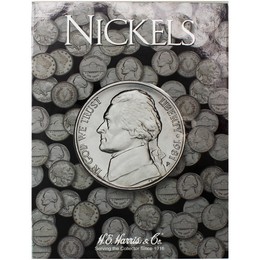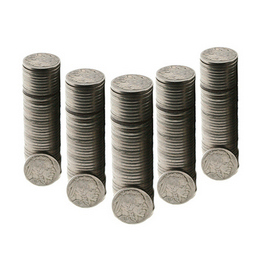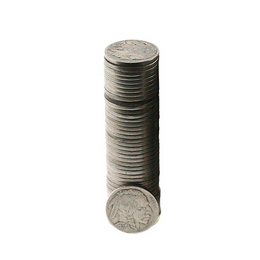Buffalo Nickels

Buffalo Nickels
The Buffalo nickel, officially termed the Indian Head nickel, is a significant artifact in American numismatic history. Minted by the United States from 1913 to 1938, its design pays tribute to Native American culture and the bison that roamed the plains. Sculptor James Earle Fraser's design, inspired by the American West, reflects the nation's history and indigenous peoples. The Buffalo nickel is more than currency; it tells a story of American identity and change.
The Buffalo nickel's minting timeline highlights its legacy. It replaced the Liberty Head nickel in 1913, featuring a Native American profile on the obverse and a bison on the reverse. This design resonated with the American spirit, gaining popularity among the public and collectors. Over 25 years, variations and minting techniques evolved, mirroring technological advancements in coin production.
The Buffalo nickel's unique composition adds to its allure. Initially struck in a nickel-copper alloy, its intricate details made it popular among collectors. However, its high relief led to wear, prompting design modifications in later years. Despite changes, the Buffalo nickel remains a symbol of American pride, celebrated by collectors and historians.
Design and Features
The Buffalo nickel features two key sides: the obverse and reverse. The obverse displays a Native American profile, believed to be a composite of figures like Chief Iron Tail. Fraser's intricate detail captures strength and dignity, with 'LIBERTY' above the chief's head and the minting year below the neck. This design honors Native American culture.
The reverse features a buffalo standing on a mound, representing American wildlife and landscapes. 'FIVE CENTS' and 'UNITED STATES OF AMERICA' inscriptions accompany the buffalo, often resembling Black Diamond from the New York Zoo, linking the coin to American heritage.
Notable Buffalo nickel varieties include the 1918/7-D, a valuable overdate with '8' over '7'. Its rarity and characteristics make it highly sought, fetching high auction prices. The 1937-D 'three-legged' variety, resulting from a die error, is prized for its rarity and commands a premium.

